SOLAR PANELS
We don?t want to melt the polar, so we should all
use solar!
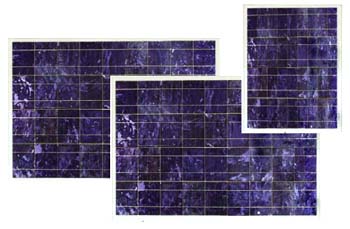 Multi-crystalline
(Polycrystalline) Solar Panels
Multi-crystalline
(Polycrystalline) Solar Panels
A polycrystalline cell contains many crystals. It has similar life span
to the mono-crystalline cell type, but it has lower efficiency and cost
per watt.
Mono-crystalline Solar Panels
A mono-crystalline cell is made of a single crystal. Mono-crystalline
solar panels are high efficiency solar panels.
How much watt solar panel we need?
Example we want to power up 5 lights of 20 Watt and we need to use these
5 lights for 3 hours every day. Here first we get a total watt usage. P
total = 20 * 5 = 100W. Than we multiply 100 with 3 hours. P daily = 100
* 3 = 300W. We are going to use 300 watt daily. Let us say we are going
to have complete sunshine 6 hours each day. Now we divide 300W with 6
hours, so we will get hourly power charge that we need P-hourly = 300 /
6 = 50W. So we need a 50 watt solar panel. But it is recommended to
always choose a panel some bigger then we need. Because when solar panel
charge the battery so it is wasting some power on charging too.
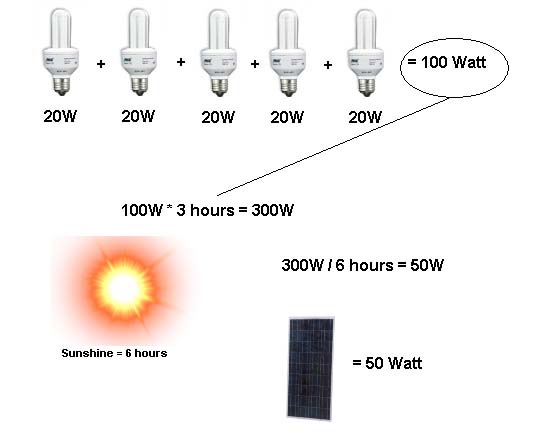
Calculate how much watt solar panel do
you need. Here in sample we need 50W.
Quality of solar panels
We recommend to buy solar panels of good quality. If you is really
looking for panels that can be used in 20-25 years without have massive
loss so we recommend you to buy quality solar panels. Because normal
quality solar panels have a about 1% or less yearly loss of energy each
year. So it mean if you use them 20 years so they will have a loss
percent of 20%. So a 100 Watt panel will produce 20% less then what it
produced when it was new. 100 watt minus 20 it is equal 80 watt. After a
20 years usage in direct sunshine a solar panel will produce 80 watt.
If a panel just begin to produce less power just after 1-2 years usage
so it is not a good quality. You have just loss your money on bad
panels.
Advantages
Solar energy is becoming increasingly
popular as the world begins to take notice of the burgeoning carbon
emission problems that come with burning fossil fuels. But why all the
fuss?
Nay-sayers have become less and less vocal as solar energy?s popularity
has grown increasingly unhindered. Below I will discuss the advantages
and disadvantages of solar energy.
- The first and foremost advantage of solar energy is that it
does not emit any green house gases.
- Infinite Free Energy
- Decentralization of power
- Going off the grid with solar
- Saving eco-systems and livelihoods
- Solar technology is currently improving in leaps and bounds.
Across the world, and particularly in Europe, savvy clean
technology researchers are making enormous developments in solar
technology.
What was expensive, bulky, and inefficient yesterday, is
becoming cheaper, more accessible, and vastly more efficient
each week.

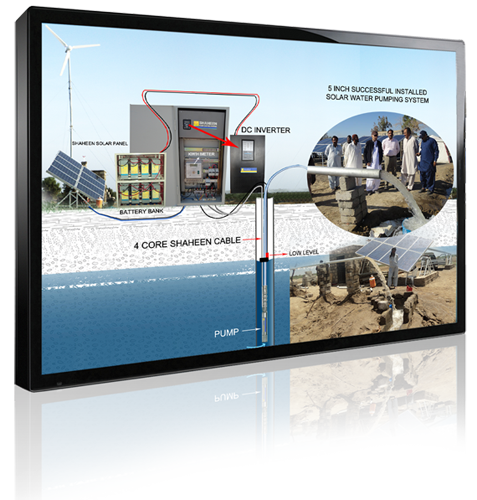


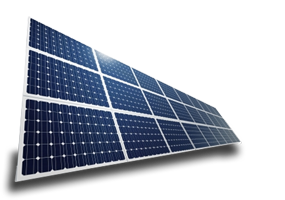
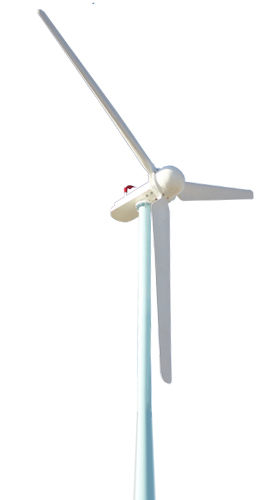 state-of-the-art designSolar Water Pumping System
state-of-the-art designSolar Water Pumping System Wind Power Use itdon't let it blow away!
Wind Power Use itdon't let it blow away!


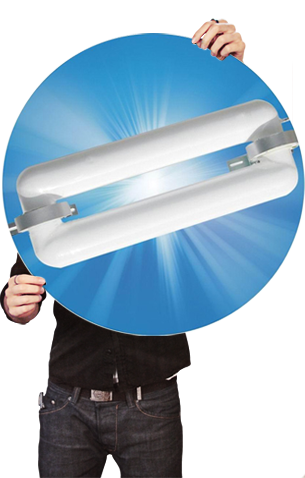

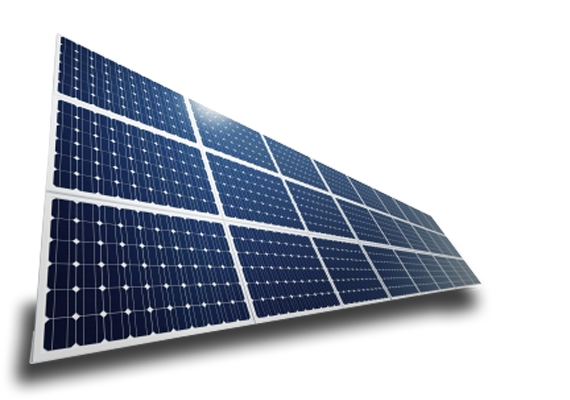
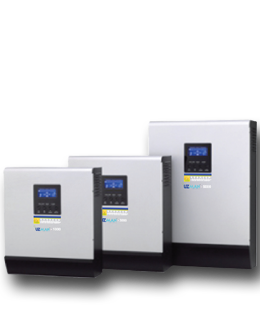

 Most Experienced inSolar, Wind and Hybrid Technology
Most Experienced inSolar, Wind and Hybrid Technology SOLARBattery BanksShaheen Enterprise
SOLARBattery BanksShaheen Enterprise Water PUMP SystemShaheen Enterprise'sFeature Project
Water PUMP SystemShaheen Enterprise'sFeature Project Multi-crystalline
(Polycrystalline) Solar Panels
Multi-crystalline
(Polycrystalline) Solar Panels